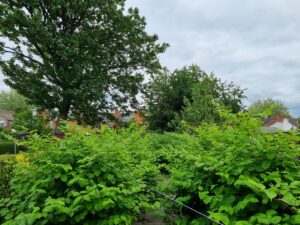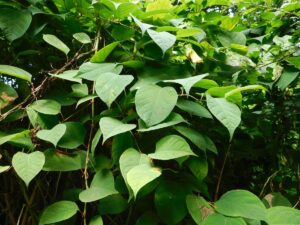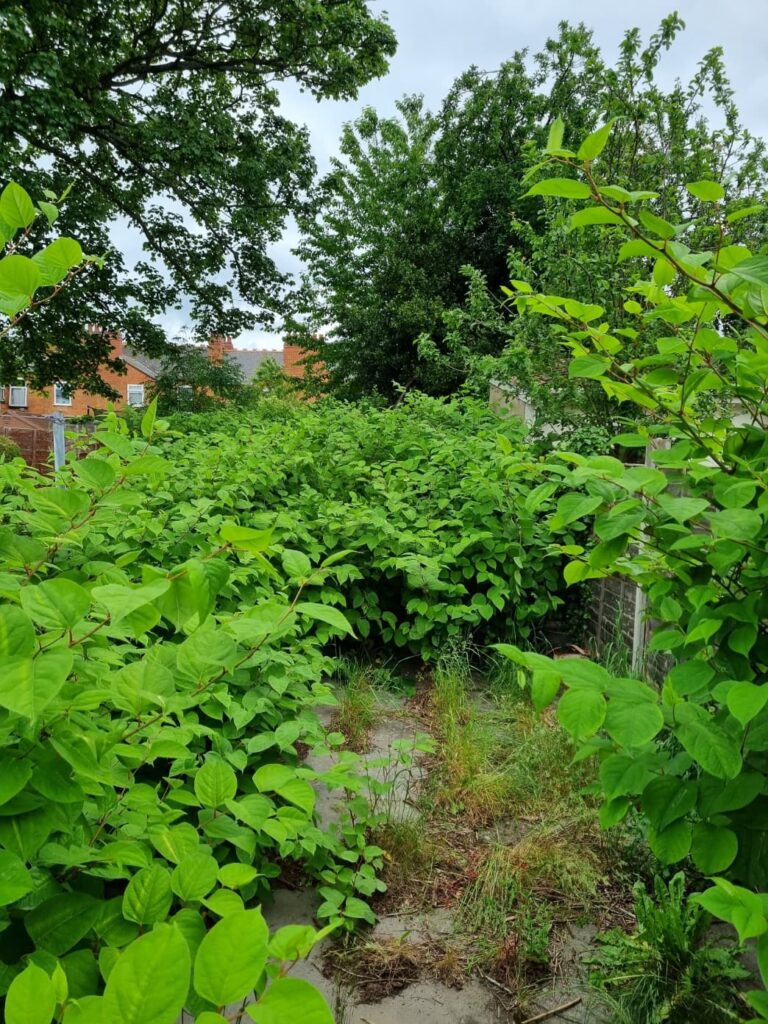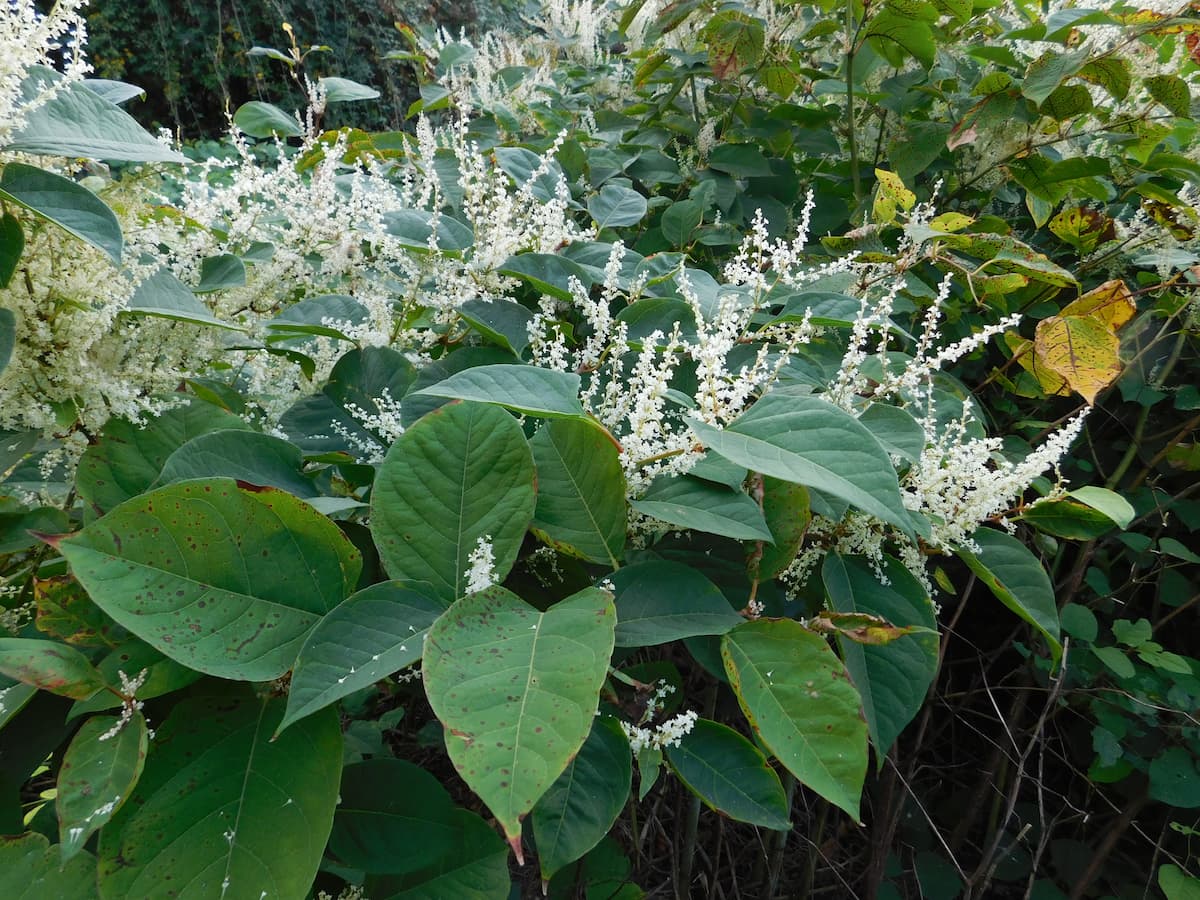Contents
- Introduction
- What is Japanese Knotweed?
- Spread and Growth Patterns
- Negative Impacts on Biodiversity
- Displacement of Native Plant Species
- Negative Effects on Invertebrates and Other Wildlife
- Soil and Habitat Changes
- Management and Control Measures
- Conclusion
- Resources
Introduction
Japanese Knotweed (Fallopia japonica) is an invasive plant species that poses a significant threat to biodiversity in the United Kingdom. Originally introduced as an ornamental plant, it has now become one of the most problematic and invasive species in the country. In this blog post, we will explore how Japanese Knotweed impacts biodiversity and understand the negative effects it has on native plant species, invertebrates, wildlife, and their habitats.



What is Japanese Knotweed?
Japanese Knotweed is a perennial plant native to East Asia. It was introduced to the UK in the mid-19th century as an ornamental garden plant due to its attractive appearance and rapid growth. However, its ability to spread vigorously and take over natural habitats has made it a major concern for biodiversity conservation.
Spread and Growth Patterns
Japanese Knotweed has the ability to spread rapidly through underground rhizomes, which can grow up to 7 metres in length. It can also spread through stem fragments, making it highly resilient and difficult to eradicate. Its growth patterns are particularly aggressive, with shoots emerging early in the spring and reaching heights of up to 3 metres by summer.
It is not advisable to try to remove Japanese Knotweed yourself
Many types of knotweed can easily be mistaken by the untrained eye and has the potential to spread when it’s dug up
Check if you have an invasive weed for freeNegative Impacts on Biodiversity
Displacement of Native Plant Species
One of the most significant impacts of Japanese Knotweed on biodiversity is its ability to displace native plant species. The plant’s rapid growth and dense foliage prevent sunlight from reaching the ground, inhibiting the growth of other plants. This leads to a decline in native plant diversity and negatively affects the food sources and habitats of many wildlife species.
Negative Effects on Invertebrates and Other Wildlife
Japanese Knotweed also negatively impacts invertebrate populations, which are an essential component of ecosystems. The plant provides limited food resources for insects and other invertebrates, which affects their populations and disrupts the food chain. Additionally, the dense growth of Japanese Knotweed can limit the movement and foraging opportunities for larger wildlife species, further impacting biodiversity.
Soil and Habitat Changes
The extensive root system of Japanese Knotweed alters soil composition and structure. It depletes nutrients, making the soil less fertile and inhibiting the growth of other plants. Furthermore, the dense foliage of the plant shades out native species, leading to changes in the microclimate and reducing the suitability of the habitat for various organisms.

Management and Control Measures
Managing and controlling Japanese Knotweed is a challenging task due to its resilience and ability to regenerate from small fragments. Effective management strategies include herbicide treatments, excavation, and careful disposal of plant material. It is crucial to consult with professionals who specialise in invasive species control to ensure proper eradication and minimise the negative impacts on biodiversity.
Conclusion
Japanese Knotweed poses a significant threat to biodiversity in the UK. Its rapid growth and ability to displace native plant species, impact invertebrates and other wildlife, and alter soil composition make it a formidable invader. Efforts to control and manage Japanese Knotweed are essential to preserve native ecosystems and protect biodiversity.
Resources
- Royal Horticultural Society – Japanese Knotweed
- The Wildlife Trusts – Japanese Knotweed
- UK Government – Non-native species in the UK
The Postcode Areas We Serve
Gloucester and Swindon
Birmingham and the Midlands
Bristol and the South West
Cardiff and South Wales










